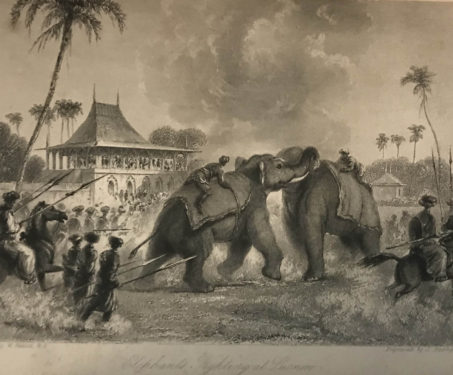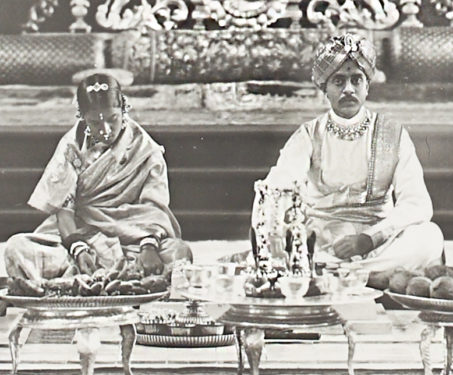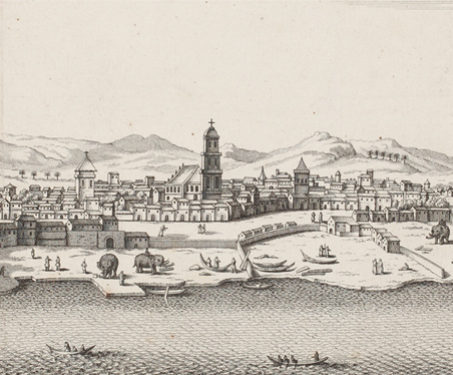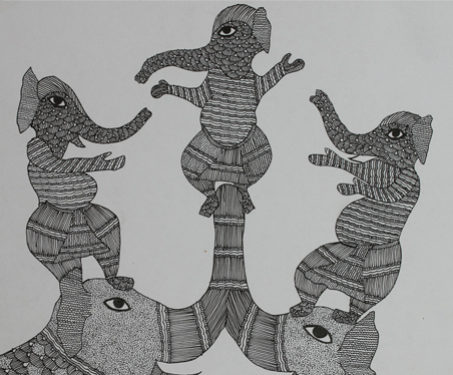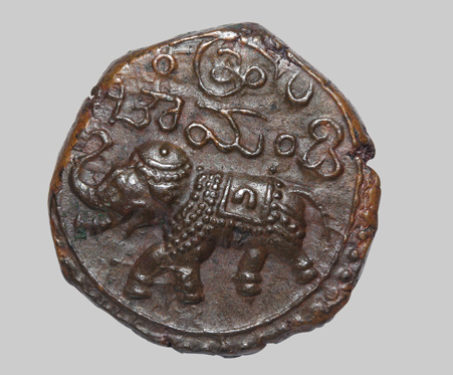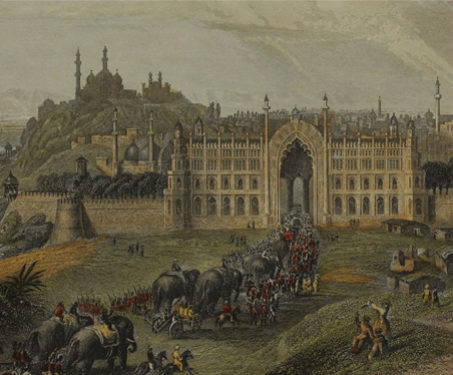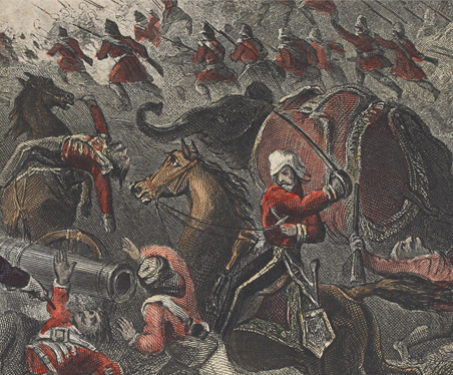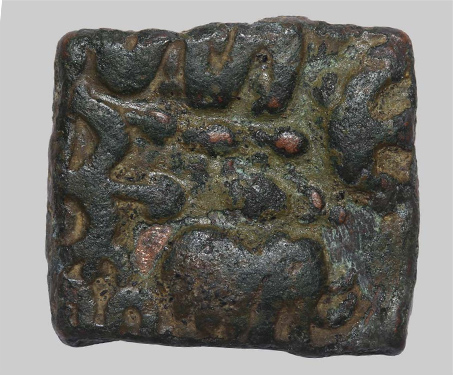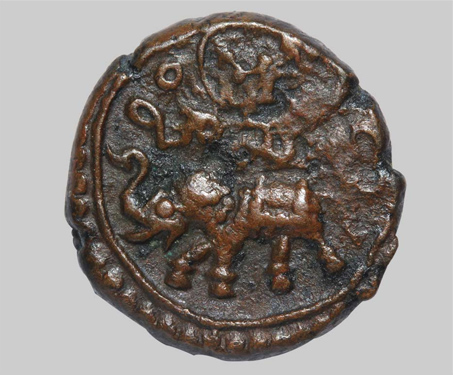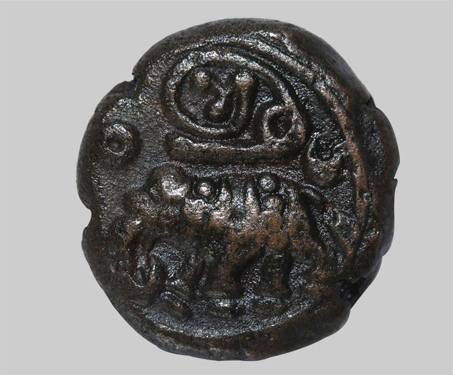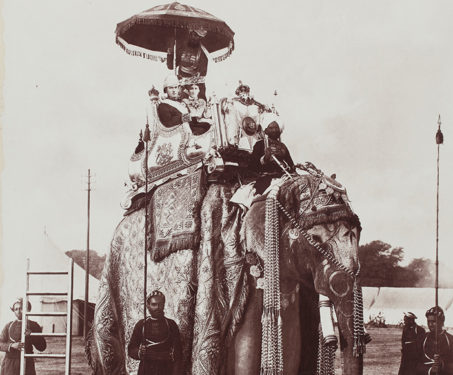

Lord and Lady Curzon atop the elephant Lakshman Prasad, 29 December 1902
The Delhi Durbar of 1902-3 was conceived of by Lord Curzon to take place in December and January to celebrate the succession of Edward VII and Alexandra of Denmark to the throne of Emperor and Empress of India. The King and the Queen, however, did not attend the Durbar, but instead sent Prince Arthur, Duke… Read more »

